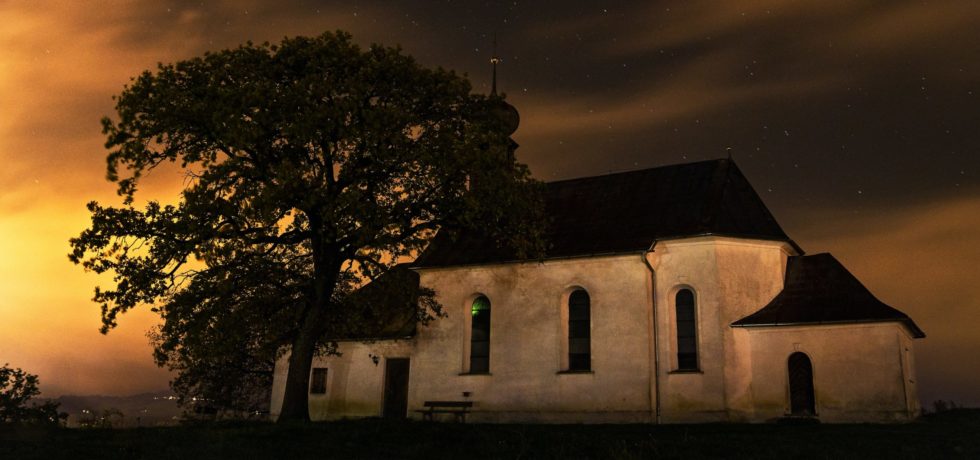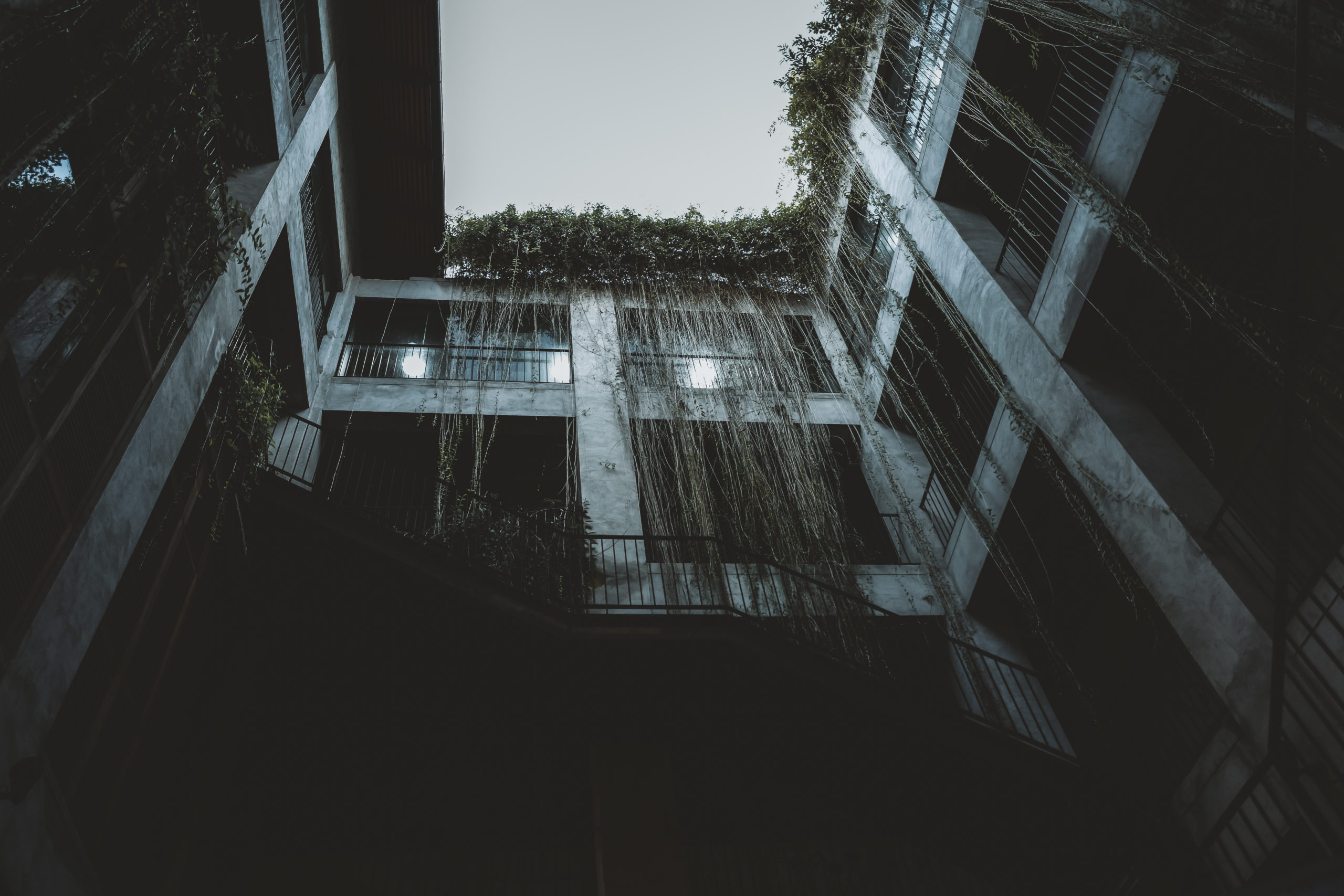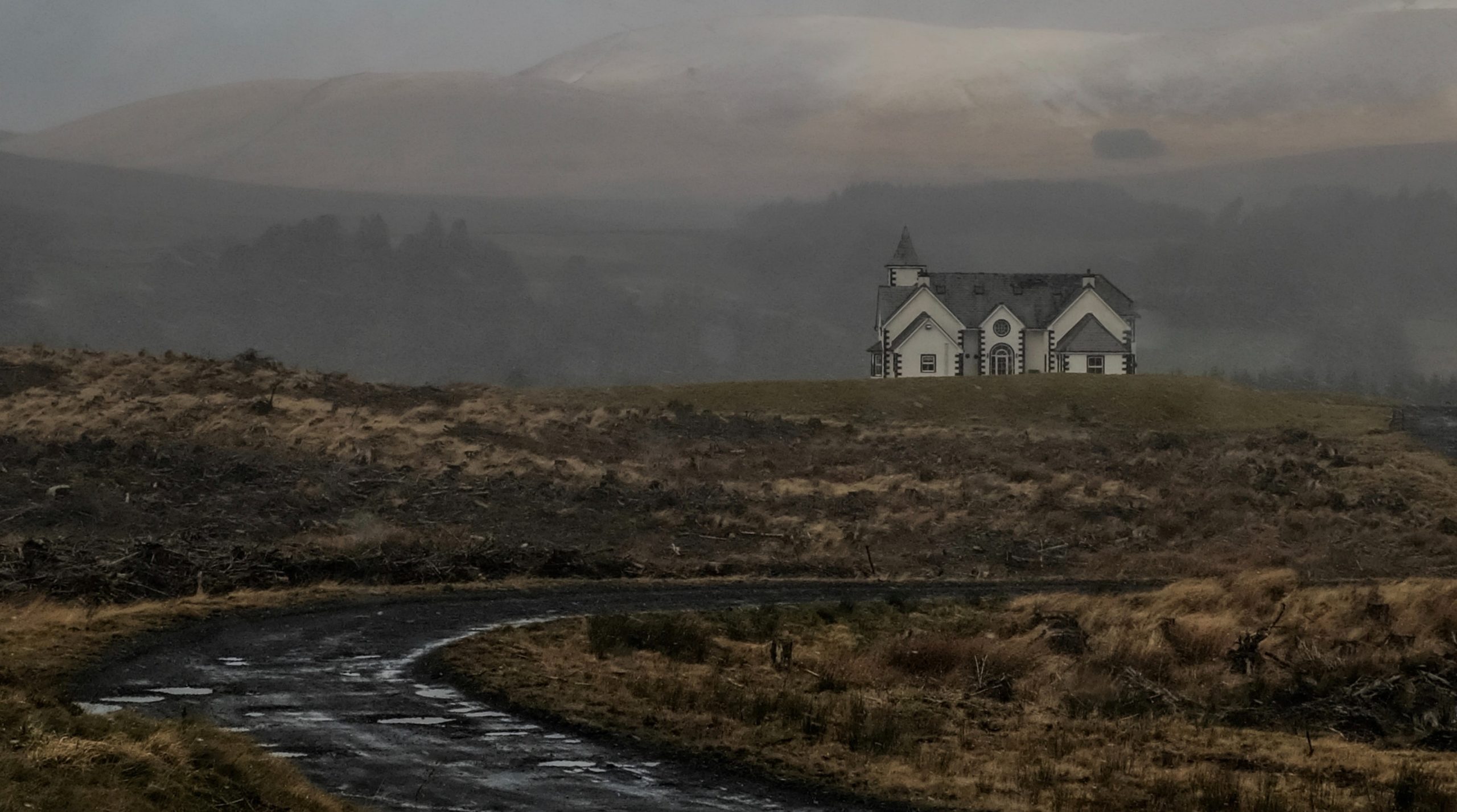Category
- Concrete Design
- Sustainable Construction
It’s that time of year again! Kids are planning to go out trick-or-treating, and plenty of adults are looking for spooky ventures at haunted attractions. And with the pandemic slowing down, the festive atmosphere is expected to be in full force. In fact, according to the National Retail Federation, the United States of America on its own should expect pre-pandemic levels of trick-or-treating and enough purchases within the Halloween industry for it to reach a new spending record of $10.6 billion. It all goes to show that if you had ever considered haunted house construction before, now might be one of the best times to start really thinking about it.
With the increase in Halloween spending, the value of building haunted attractions is only likely to go up as well. Back in 2014, this construction opportunity was part of a $1 billion-a-year industry. Now, there’s a chance it could be even higher.
But if you plan on entering the haunted house construction business, you need to know what the modern design trends are. While the stereotypical haunted Gothic mansion is an image that often comes to mind, it’s not the only one out there. Modern horror media has shifted our expectations for what a haunted attraction can be. Now, for every Gothic setting, there are more Modernist and Brutalist ones that take advantage of the stark, imposing features that concrete can impart to a building.
It’s a great design choice for a haunted attraction so long as you know which trends are popular and what you can do to fulfill them while adhering to the rise in demand for more sustainability.
Concrete Architecture Can Be Scary with the Right Design
It just needs to maintain the right atmosphere.
Plenty of movies and TV shows have already picked up on this idea. For instance, we see examples of Modernist housing in media such as the 2014 movie Ex Machina and the Buffy the Vampire Slayer TV show. Both of which choose to take advantage of the versatile atmosphere concrete can present. In Ex Machina, this takes the form of the Juvet Hotel, which combines kaleidoscopic glass with blackened timber and smooth concrete to give the area an eerily clinical, emotionless backdrop for the antagonist to roam around in. Meanwhile, Buffy the Vampire Slayer occasionally uses the Modernist architecture of the Ennis House by Frank Lloyd Wright to pose as part of a formidable mansion that the vampire antagonists reside within.
You can even see concrete structures used for Brutalist architecture in video game media such as Control and Fallout 3. The former uses wide, uncluttered concrete spaces that can change on the video game character without warning as an imposing reminder that the setting is a government institution imbued with the paranormal. Meanwhile, the latter uses it to show players ancient structures from the past in an almost otherworldly light, showing just how much time has gone on.
All of which suggests that concrete is not just great for your average residential and commercial purposes. It can also play a very convincing role for scary settings, making it an appealing material for a haunted house design. Still, all that concrete can potentially be a much scarier environmental concern if not handled carefully.
Just Don’t Let It Scare Away Mother Nature
Every industry has their own monsters to tackle. And that’s no different for those of us working with the concrete industry. While there are no ghouls or ghosties haunting us, there are still carbon emissions to watch out for. After all, concrete can be a significant carbon contributor. But there are some tricks you can use to mitigate this concern so that your haunted house will live long enough to possess its own spirits.
Start by Reducing How Much New Concrete Your Haunt Will Need
An easy trick to downsize the carbon emissions required for your haunted house is to simply limit how much new concrete you need to produce in the first place. And there are two key ways you can do this.
The first is to take stock of the concrete recycling options near you. While concrete isn’t always recyclable when it’s contaminated by materials like asphalt, without that contamination, it can be broken down into a kind of aggregate. That can provide you with a great choice for creating pavement. So if you need paving to lead visitors through your haunted house’s spine-chilling path, this can ensure you don’t need to use up new concrete for it.
The other method for reducing the need for new concrete is by limiting how often your haunted house will need concrete replacement and repair work. To do that, consider what weakens a concrete structure most. There are a few answers that likely come to mind, and both water and abrasion are probably among them.
Why?
Well, concrete is a porous material, making it easy for water to get into it. And once water is there, it can corrode any reinforcing rebar inside the concrete, create freeze-thaw cycles, and worse.
But that’s just the water side of things. When it comes to abrasion, concrete can be gradually worn down by such an impact. All it takes is enough heavy foot traffic passing over your haunted house’s concrete flooring for you to start seeing dips in the concrete, which create tripping safety hazards.
In either case, your concrete will need to be repaired or replaced. That forces you to produce more concrete, which produces even more carbon emissions.
To prevent that, protect your concrete by eliminating its porosity with waterproofing admixtures like Krystol Internal Membrane™ and by increasing its abrasion resistance with durability admixtures like Hard-Cem®.
Don’t Forget about the Systems Supporting Your Concrete Structure
If not working with the right support systems, your haunted house may use up more energy than necessary, making it less sustainable and more costly to run.
A good way to manage this is actually to look to concrete construction. While concrete can be carbon-intensive, there are ways to reduce that. And the end results of concrete construction can actually provide you with a more energy-efficient structure.
To see what we mean, all you need to do is take a look at insulated concrete form walls. They use a combination of concrete and polystyrene to give a structure good thermal mass and strength and integral insulation. That ensures that the structure will require less energy to cool down or warm up. That also gives the structure a tighter fitting design, which reduces the chance of air leakages and allows for the use of smaller, more affordable HVAC systems.
Keep It in Mind to Ensure Your Haunted House Stays Both Green and Ghastly
Being sustainable doesn’t have to take away the scary fun of a haunted attraction following concrete trends. It just requires that you look into how effectively and efficiently you manage your use of concrete and energy efficiency designs. If you do, you’re sure to build a haunted house that’s sustainably spooky.







